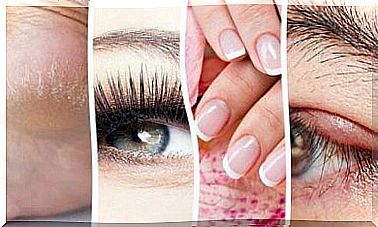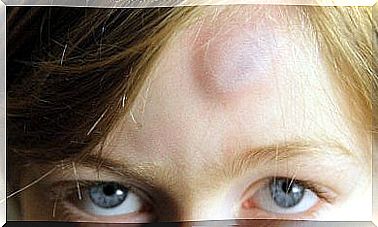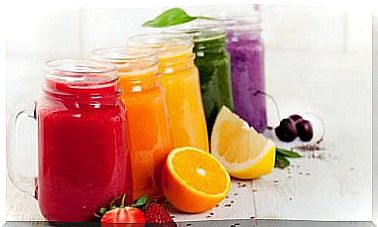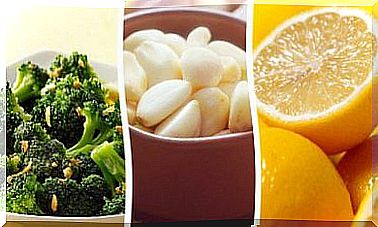Pesticides On Our Table

If on more than one occasion you have wondered whether or not there were pesticides in the food products you have chosen, take note of the points that we will address in this article and that will help you answer this question.
If we think about it, there are many foods that come from crops. In addition to fruit and vegetables, attention must also be paid to many foods that contain ingredients from agricultural crops.
For example, in a stuffed bun, the bread is made from corn derivatives and this is grown in the fields. It is just one of the many examples we could give.
In most countries, crops are grown through industrial agriculture which involves the use of pesticides. This brings several toxic elements to the product.
Nowadays there is still no law that establishes the maximum limits of pesticides that a food can contain in order to be edible and that therefore guarantee the consumer to buy non-contaminated products.
According to the Food and Agriculture Organization of the United Nations (FAO), countries use an average of 4.55 tons of pesticides per year. These pesticides are divided into fungicides, herbicides and insecticides.
Pesticides and possible health risks
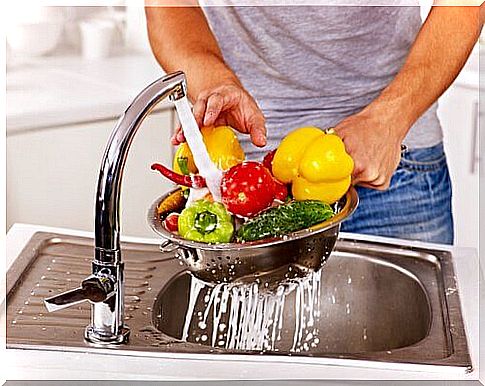
Pesticides can cause various health problems. The chances of developing them depends on various factors.
On the one hand, the toxicity of the pesticide and, on the other hand, the quantity to which it is exposed.
For a pesticide to harm the health of the consumer, the consumer must be in contact with the product by mouth, respiratory, skin or eye.
It must also be considered that pesticides can contain more than one toxic ingredient, increasing the risks.
- The products on which we read “precaution of use” are those with the lowest toxic levels.
- Those showing the word “attention” indicate an intermediate degree of toxicity.
- The word “danger” is found in the most toxic products.
The categories most at risk

Certain categories are more vulnerable to these products. These include the elderly, people with special health conditions, pregnant women and children.
To reduce the chances of developing a health problem by consuming products that contain pesticides, the ideal is to look for a way to reduce exposure or choose a low-toxicity product.
The important thing is to always read the labels and follow the instructions that indicate the use of equipment or clothing for personal protection.
For example, if you have to grow a certain product or if you are exposed to these pesticides, you must use protective gloves or goggles.
Ecological agriculture: the great hope

Organic farming combines science and modern innovation with respect for nature and biodiversity.
Allows the production of healthy products; it also protects the soil, water and climate.
It does not pollute the environment with chemicals, and does not involve the use of genetically modified crops.
Conclusions
Finally, if we want to know in what quantities pesticides are present in the foods we consume, the best thing is to read the label.
If we want to completely avoid the residues of these substances in our body, it is better to choose organic products. You will see that it is easier than you think.


